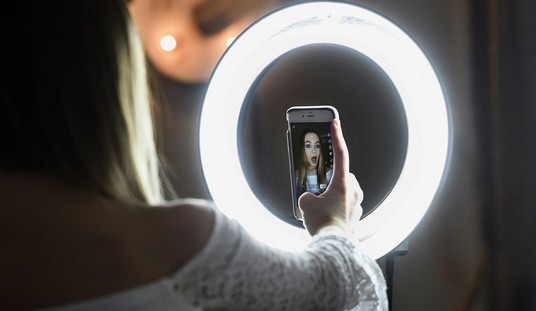The number of Americans diagnosed with clinical depression has reached a record high in a stinging verdict on the benefits of the modern world, according to a new Gallup poll.
The percentage of adults in the United States who indicate receiving a diagnosis of depression during their lifetime has risen to 29 percent, a substantial increase of almost 10 percentage points compared to the data from 2015.
Meanwhile, the percentage of Americans presently undergoing treatment or experiencing depression has risen to 17.8 percent, an approximate seven-point surge over the same time frame. These figures represent the highest rates ever documented by Gallup since the adoption of the current data collection methodology in 2015.
The latest findings, collected from February 21st to 28th, 2023, were derived from a web survey of 5,167 U.S. adults who are members of the Gallup Panel. The Gallup Panel comprises approximately 100,000 adults from all 50 states and the District of Columbia, chosen through a probability-based sampling approach.
Participants were asked two questions: “Have you ever been informed by a doctor or nurse that you have depression?” and “Are you presently receiving treatment or currently experiencing depression?” These measures are integral components of the ongoing Gallup National Health and Well-Being Index.
Gallup also found that rates of depression among women, young adults, and black and Hispanic people are outpacing other demographics:
Over one-third of women (36.7%) now report having been diagnosed with depression at some point in their lifetime, compared with 20.4% of men, and their rate has risen at nearly twice the rate of men since 2017. Those aged 18 to 29 (34.3%) and 30 to 44 (34.9%) have significantly greater depression diagnosis rates in their lifetime than those older than 44.
Women (23.8%) and adults aged 18 to 29 (24.6%) also have the highest rates of current depression or treatment for depression. These two groups (up 6.2 and 11.6 percentage points, respectively), as well as adults aged 30 to 44, have the fastest-rising rates compared with 2017 estimates.
Lifetime depression rates are also climbing fast among Black and Hispanic adults and have now surpassed those of White respondents. (Historically, White adults have reported marginally higher rates of both lifetime and current depression.)
However, Gallup notes that the rise in depression is not unique to the U.S. and is instead part of a wider global phenomenon:
Alarming rates of depression are not unique to the U.S. Globally, nearly four in 10 adults aged 15 and older either endure significant depression or anxiety themselves or have a close friend or family member who suffers from it. Other Gallup research has estimated that 22% of Northern American adults have experienced depression or anxiety so extreme that they could not continue regular daily activities for two weeks or longer, similar to a global rate of 19% and matching estimates found in Western Europe, the Middle East and North Africa, and South Asia.
The pollsters also explained that the trend has been accelerated by the consequences of the lockdowns imposed in response to the Chinese coronavirus pandemic:
Among subgroups, women have historically reported substantially higher levels of depression than men. That this gap has notably widened further since 2017 is likely explained by several COVID-related factors, including the fact that women were disproportionately likely to lose their jobs or to exit the workforce altogether due in part to the pandemic driving children home from school or day care. Women also made up 78% of workers in all healthcare occupations in 2019, exposing them to enhanced emotional and psychological risk associated with the pandemic.
Young adults, in turn, are more likely to be single and to report loneliness, particularly so during the pandemic. They also need more social time to boost their mood than older adults, something directly impacted by COVID-19. Daily experiences of sadness, worry and anger — all of which are closely related to depression — are highest for those under 30 and those with lower income levels. And, like women, young adults and people of color were disproportionately likely to lose their jobs altogether due to the pandemic.
The findings represent a somewhat damning verdict on the mental health of the modern world as society and culture shift move ever further away from the natural lifestyles people lived in times gone by.
A government survey taken in 2017 also found that the number of Americans who have taken an antidepressant over the past month rose by 65 percent between 1999 and 2014, with that number only likely to have increased significantly since then.














Join the conversation as a VIP Member